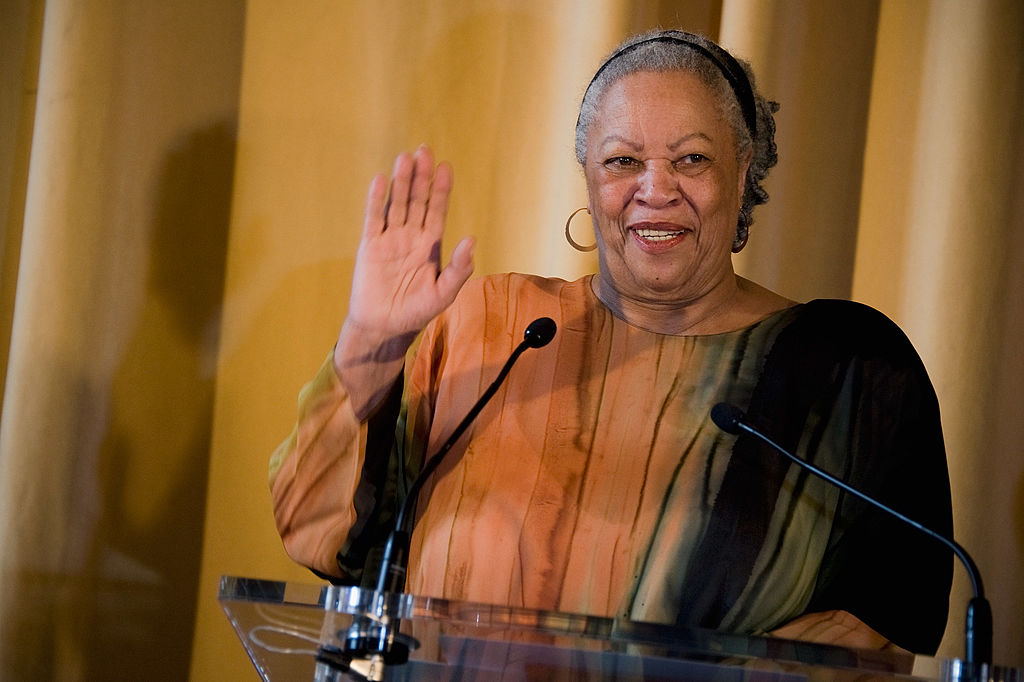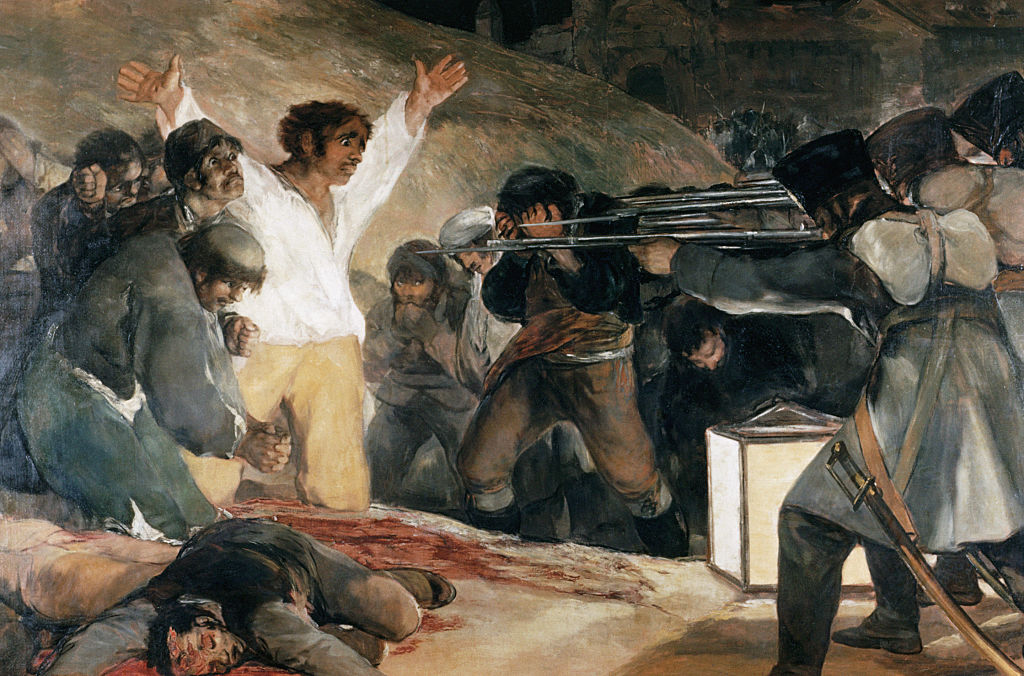Tallying race in post-war American fiction
In the Chronicle of Higher Education, Mordechai Levy-Eichel and Daniel Scheinerman have a doozy of a review of Jean So’s Redlining Culture: A Data History of Racial Inequality and Postwar Fiction. Many people think, So argues, that fiction has become more diverse since World War Two, both in terms of novels published by minorities and women and prizes won. But that is not the case. Here are Levy-Eichel and Scheinerman:
According to So, the underlying feature of postwar American literature was the “inertia of whiteness” — by which he means the predominance of white, male writers like John Updike, Philip Roth, and Saul Bellow in terms of awards, reviews, and prestige. From 1950 to 2000, 97 percent of books published by Random House were by white authors, 98 percent of best sellers were by white authors, and 91 percent of the major American book prizes, like the Pulitzer and the National Book Award, were awarded to white authors, in So’s accounting. Notable figures like Toni Morrison, who won both a Pulitzer (1988) and the Nobel (1993), and who, as an editor at Random House, significantly expanded its roster of African American authors, are not examples of any lasting shift but merely occasional exceptions.
To support these contentions, Redlining Culture presents us with — and this is So’s most novel contribution — a “data history” of postwar American fiction. But just what is a data history? Digital humanities, or DH, is the application of quantitative and computational methods of analysis to the humanities, especially to literature. Although not a new research program per se (early examples include the Index Thomisticus, a concordance of the works of St. Thomas Aquinas, which began in the 1940s under the auspices of IBM), DH has become one of the few areas of growth in the humanities in recent years. In presenting us with a data history of postwar American literature, So aims to empirically reveal ostensibly overlooked literary trends.
He does not succeed, in large part because of how narrowly he chooses his data, but also because of the faux-rigorous technical methods employed — methods that verge on fictional at times — and because, whenever So’s data generate results that don’t match his conclusions, he simply ignores them.
First of all, So only examines the titles of one publisher — Random House — because it was “one of the largest and most powerful publishing houses in America” during the time. Levy-Eichel and Scheinerman argue that So’s choice of Random House not only “reinforces the elitism it supposedly exposes,” it also skews the data since elite publishing houses and prestigious literary prizes “aren’t representative or innovative”:
They have a generally mediocre, if not poor, record of recognizing what will last, and their prestige is directly tied up with an aversion to new things. Ignoring this elemental dynamic — asking why the establishment has not changed quickly when establishments, especially of the cultural kind, are precisely among those slowest to change — allows So to give us a narrow and moralistic history of late-20th-century American literature.
In addition to this, So treats Jews as white and fails to provide a baseline for his comparisons. His more technical analyses are so riddled with errors and omissions that it is difficult to take his conclusions seriously without some sort of audit. Levy-Eichel and Scheinerman conclude:
Is this a good way to measure inclusion and exclusion? Is it a good way of understanding how attention works within the literary world? It’s a measure, certainly, but it is neither a conclusive nor an unbiased determination of inequality. If what one wants to measure is the amount of attention paid to authors by race, it is not at all clear that the abstruse techniques So deploys illuminate more than would simply adding up the number of reviews of certain authors. At least the simplicity of that measure would have the benefit of clearly bringing to the fore the benefits and drawbacks of such calculations.
In other news
Carl Paulus reviews a biography of “the most important 19th century American you’ve never heard of,” Salmon P. Chase:
Chase’s fingerprints were everywhere during his lifetime, which is why Stahr uses over 800 pages to fit it all in. As a young man, for example, Chase worked at the Bank of the United States during Andrew Jackson’s Bank War. Alexis de Tocqueville interviewed him as part of the study that led to Democracy in America. During middle age, he helped establish the Liberty, Free Soil, and Republican parties, routinely defended fugitive slaves in court from slave catchers, and served in the Senate as it erupted into the turmoil of the early 1850s. He was also the one who came up with the first GOP slogan: “Free Soil, Free Labor, Free Men,” and he played a crucial role in the campaign of 1860 that saw Lincoln win the White House.
M.D. Aeschliman on what Orwell learned from Chesterton:
The great writer and moralist George Orwell began his literary career as a disciple of G. K. Chesterton. Even after Orwell explicitly diverged from some of Chesterton’s views in the 1930s, under the influence of socialist ideas and hopes, Chesterton’s assumptions and political and ethical conceptions continued to shape him.
Clare Jackson reviews Nadine Akkerman life of Elizabeth Stuart:
Akkerman is well-placed to write a Life of Elizabeth Stuart, having produced two edited volumes of more than 1200 letters written by and to the queen between 1603 and 1642; a third volume covering the two decades until Elizabeth’s death in 1662 is awaited, with tantalising references in this biography. As well as collating, transcribing and translating letters from 47 archives in Europe and North America, Akkerman needed to decode different ciphers deployed by the queen and her correspondents. Any aspiring biographer of Elizabeth Stuart, she says, must be “relentless, dedicated and bloody-minded” – “not unlike” Elizabeth herself.
Vincent Kling has won the Helen & Kurt Wolff Translator’s Prize for his translation of Heimito von Doderer’s novel The Strudlhof Steps. This is one my summer reading list, and this news is one more reason to make sure I get to it.
What should we make of the surprising interest in demons among men? Read Kent Russell’s account in Harper’s of his meetings with the world’s most powerful “wizard,” John R. King IV:
The wizard’s blog opened thusly: “I, the sole legitimate heir to the ancient magical traditions of King Solomon the Wise, propose to demonstrate his powerful art in its true and proper form so that it will not pass from history unknown.” In the starched prose style of a naturalist, the wizard detailed nearly two decades of spirit conjurations and regular interactions with ancient evil entities such as Paimon and Belial. He alone could do this, he swore. He alone could summon these demons, and bind them. He alone could prove their existence. The man was not shy about signing his real name: John R. King IV. In fact, he was something of a celebrity among the small yet expanding subculture of dead-serious magicians. On Facebook and obscure message boards, these men (and they’re almost all men) quibble over demonology, teach one another Latin and Hebrew, and share high-resolution scans of archaic spell books. They pool notes and trade conjuration hacks like programmers working with open-source code.
Ash Sarkar has her boyfriend almost completely trained. He has copies of bell hooks’s books on the shelf and does yoga three times a week. He likely shares Ms. Sarkar’s various political positions. But he prefers Ursula K. Le Guin to Jane Austen, which pushes Ms. Sarkar to cry out to the gods in lament about how men don’t read anymore, if they ever did!

























